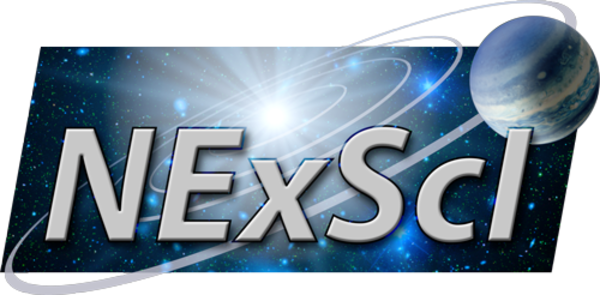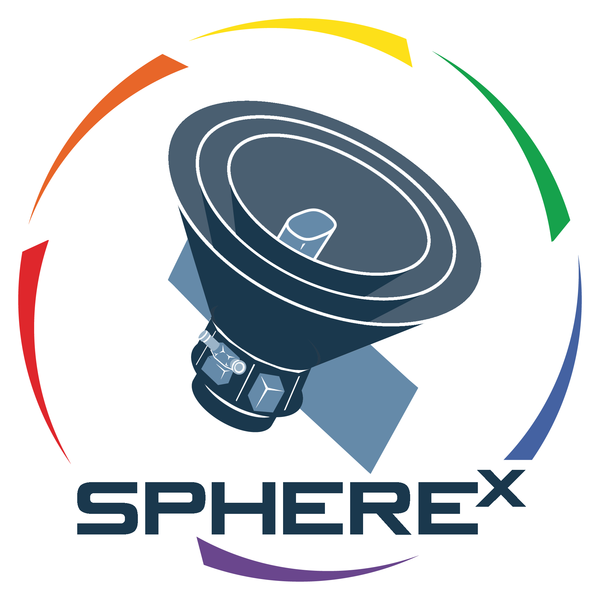
Missions & Centers
IPAC is home to the science operations center for the Spitzer Space Telescope. Spitzer is one of four of NASA's Great Observatories, and will continue to operate in its “Beyond” mission phase until its successor the James Webb Space Telescope has completed commissioning in 2019. IPAC also is home to NExScI, the science operations and analysis center for NASA's Exoplanet Exploration Program, as well as science centers serving the US community which support NASA partnerships with ESA on the Herschel and Planck missions. Support for NASA's NEOWISE mission to discover and characterize near-Earth objects rounds out IPAC’s current mission support portfolio.

Euclid
Euclid NASA Science Center at IPAC
Euclid is a European Space Agency (ESA) M-class mission, with participation from NASA, to study the geometry and nature of the dark universe. It consists of a 1.2m telescope with two instruments operating at optical and near-infrared wavelengths (0.5-2 microns). The mission is optimized for undertaking two measurements sensitive to dark energy - weak gravitational lensing and galaxy clustering. It will also enable unprecedented advances in many other areas of astrophysics through its 15,000 square degree wide area survey. It has a 6 year nominal lifetime, and was launched July 1, 2023. NASA participation in Euclid includes delivery of the near-infrared detectors as well as participation in the design, data analysis and interpretation by US scientists.
More Information
NExScI
NASA Exoplanet Science Institute
The NASA Exoplanet Science Institute (NExScI) is a science operations and analysis service organization for NASA Exoplanet Exploration Program projects and the scientists and engineers that use them. NExScI facilitates the timely and successful execution of exoplanet science by providing software infrastructure, science operations, and consulting to NASA Exoplanet Exploration Program projects and their user communities. NExScI is operated within IPAC at the California Institute of Technology for the National Aeronautics and Space Administration (NASA) and the Jet Propulsion Laboratory (JPL).
More Information
SPHEREx
Spectro-Photometer for the History of the Universe, Epoch of Reionization and Ices Explorer
SPHEREx is a NASA Medium Explorer mission designed to 1) constrain the physics of inflation by measuring its imprints on the three-dimensional large-scale distribution of matter, 2) trace the history of galactic light production through a deep multi-band measurement of large-scale clustering, and 3) investigate the abundance and composition of water and biogenic ices in the early phases of star and planetary disk formation. SPHEREx will obtain near-infrared 0.75-5.0 um spectra every 6" over the entire sky. It implements a simple instrument design with a single observing mode to map the entire sky four times during its nominal 25-month mission. SPHEREx will also have strong scientific synergies with other missions and observatories, resulting in a rich legacy archive of spectra that will bear on numerous scientific investigations. The mission PI is Jamie Bock (Caltech). SPHEREx launched at 8:10 p.m. PDT on March 11, 2025.
More Information
Rubin
Vera C. Rubin Observatory
The Vera C. Rubin Observatory (formerly known as the Large Synoptic Survey Telescope) is one of the next generation of great observatories, designed to conduct a ten- year survey of the dynamic Universe. The Rubin Observatory has an exceptionally wide field of view and the ability to survey the entire visible sky every three nights. The astronomical catalogs produced by the Rubin Observatory will be thousands of times larger than from the largest current surveys. Astronomers will use this wealth of data to better understand dark matter and dark energy, the formation and structure of the Milky Way, the transient optical sky, hazardous asteroids, and the remote solar system.
More Information
ZTF
Zwicky Transient Facility
The Zwicky Transient Facility (ZTF) is a new time-domain survey with first light at Palomar Observatory in 2017. Building on the highly successful legacy of the Palomar Transient Factory (PTF), ZTF uses a new camera with a 47 square degree field of view mounted on the Samuel Oschin 48-inch (1.2m) Schmidt telescope. The new camera (16 elements of 6k x 6k CCDs) enables a full scan of the northern visible sky every night. ZTF's extremely wide field and fast readout electronics will enable a survey more than an order of magnitude faster than that of PTF. ZTF will search and catalog rare and exotic transients and its data will drive novel studies of supernovae, variable stars, binaries, AGN, and asteroids.
More Information

